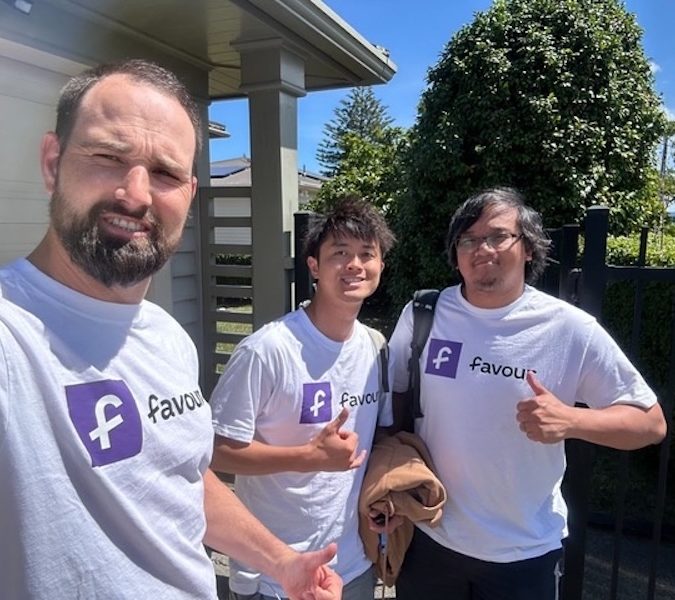
A recent study by University of Auckland looks deeper into how the new norm of hybrid working is affecting how employees have fun.
In a study titled ‘Being Yourself: Psychological Safety and Fun in Hybrid Work’, business school lecturers at the University of Auckland, Barbara Plester and Rhiannon Lloyd, say that hybrid working employees are fostering greater interpersonal ambiguity, with physical cues missing from some interactions.
Rather than workplaces encouraging and enforcing fun activities, workplaces need a nuanced understanding of individual preferences and safety considerations.
“This creates challenges for generating emotional safety and for encouraging fun at work, as interpreting the experience of fun, and understanding what’s safe may be increasingly hard to navigate,” says Plester.
“This seems to result in less fun or more opting out of fun, both online and in-person, due to uncertainty and confusion about what’s now acceptable.”
The research reveals that a positive and inclusive environment where fun is an option can boost morale and employee satisfaction.
Plester adds that managers should nurture feelings of safety, encourage authentic self-expression and also find creative ways to promote spontaneous interactions.
The research also reveals that spontaneous fun is rated highly by employees, rather than a managed, planned or structed fun activity.
But impromptu fun still comes with a risk, says Plester.
Read more: Kiwis prove hybrid working is here to stay
“We argue that when a fun activity isn’t forced or managed by an organisation, the rules of ‘fun’ are more fluid and ambiguous, and so, there’s potentially more risk associated with fun activities that are not specifically task-related or mandated.
“In such instances, mental and emotional safety should become an important management consideration as, particularly during transitions, we see in our data that employees need to feel safe to take risks to find and stabilise a ‘new awkward’.”
Lloyd says that fun needs to be championed and modelled by a senior staff member, helping create psychological safety.
When it comes to online work interactions there are also limitations for spontaneous fun.
An online space creates a time and space for employees to engage in unplanned interactions that “alleviates this issue”, but can lack the spontaneity of in-person interactions, giving employees the opportunity to “opt out more easily”.
In order to have fun in a workplace, Lloyd says that it needs to be modelled both in-person and online, making both environments perceived as safe.
But fun is a “complex social and organisational activity”, add both Plester and Lloyd.
One employee may perceive fun differently to others, so in the wider picture, fun can’t be delivered as a package to all employees but rather curated to each.




